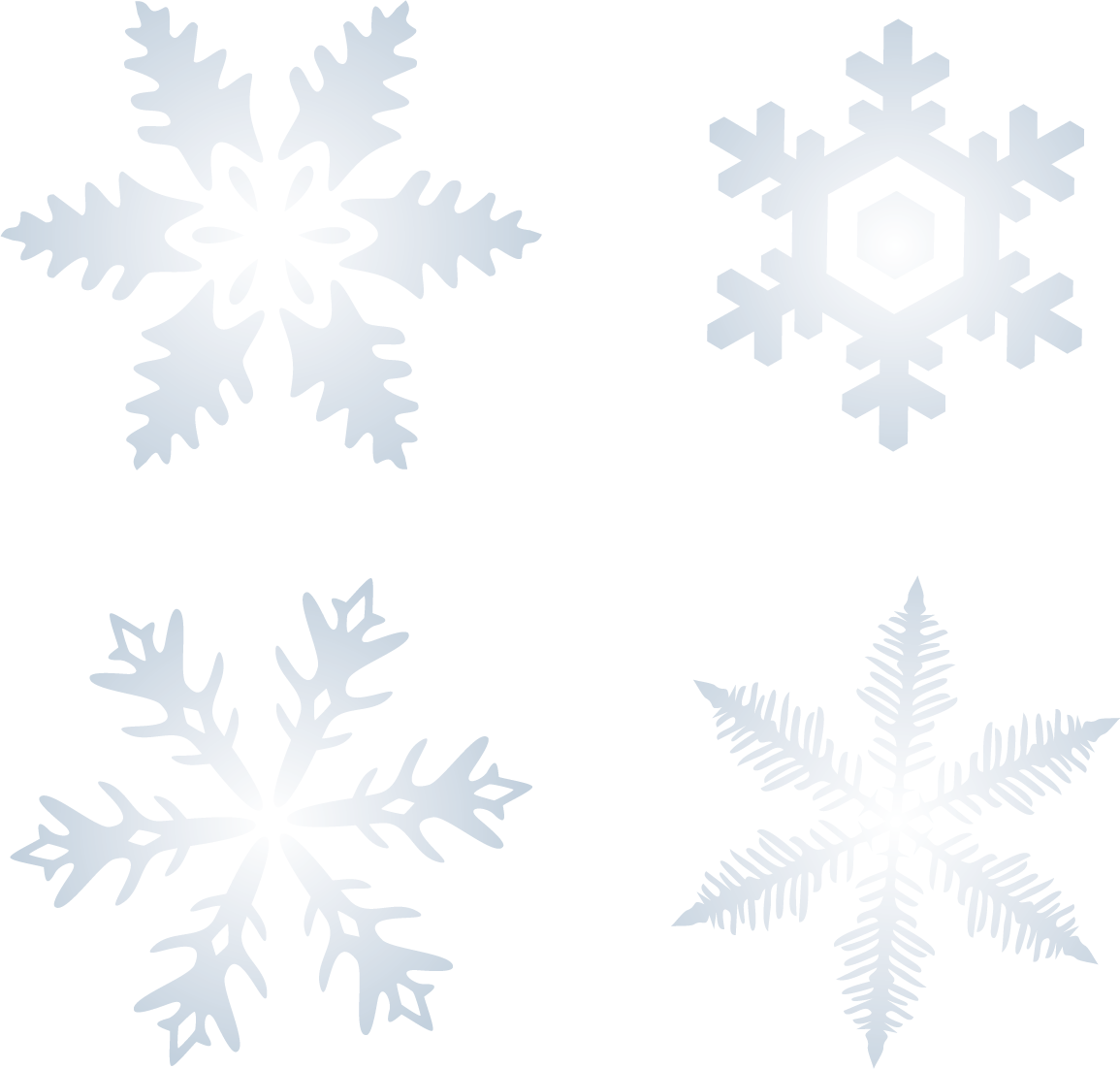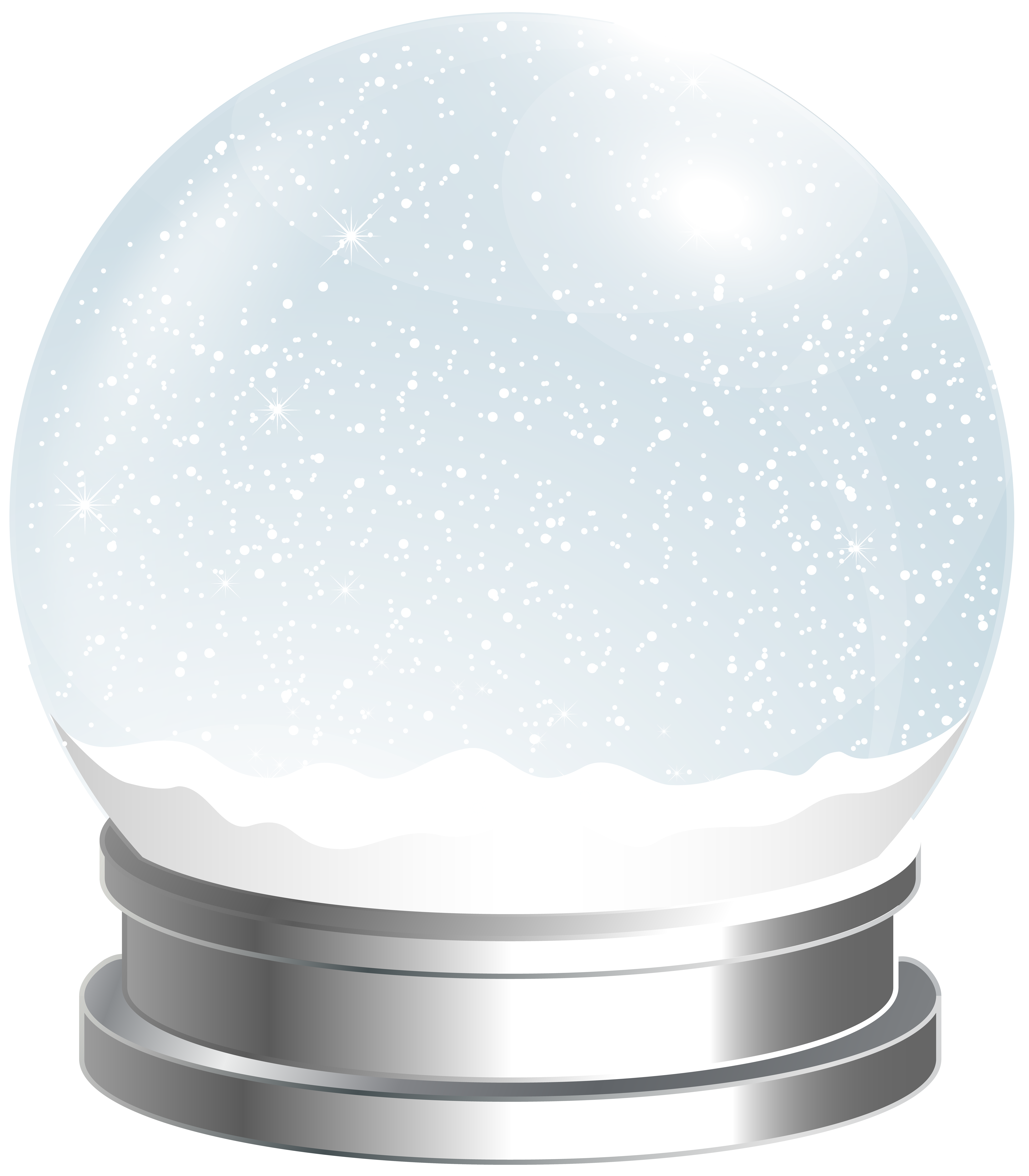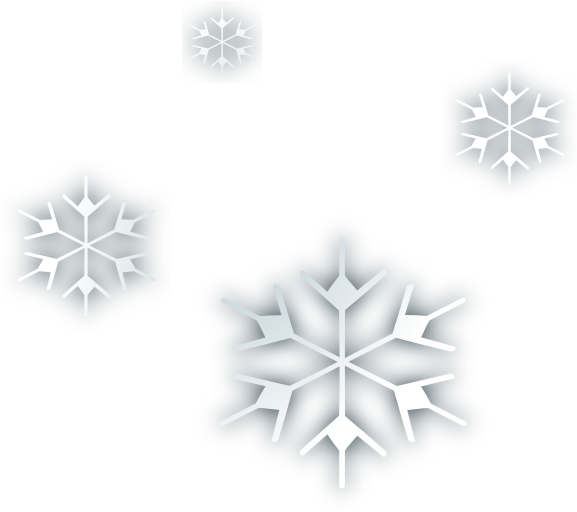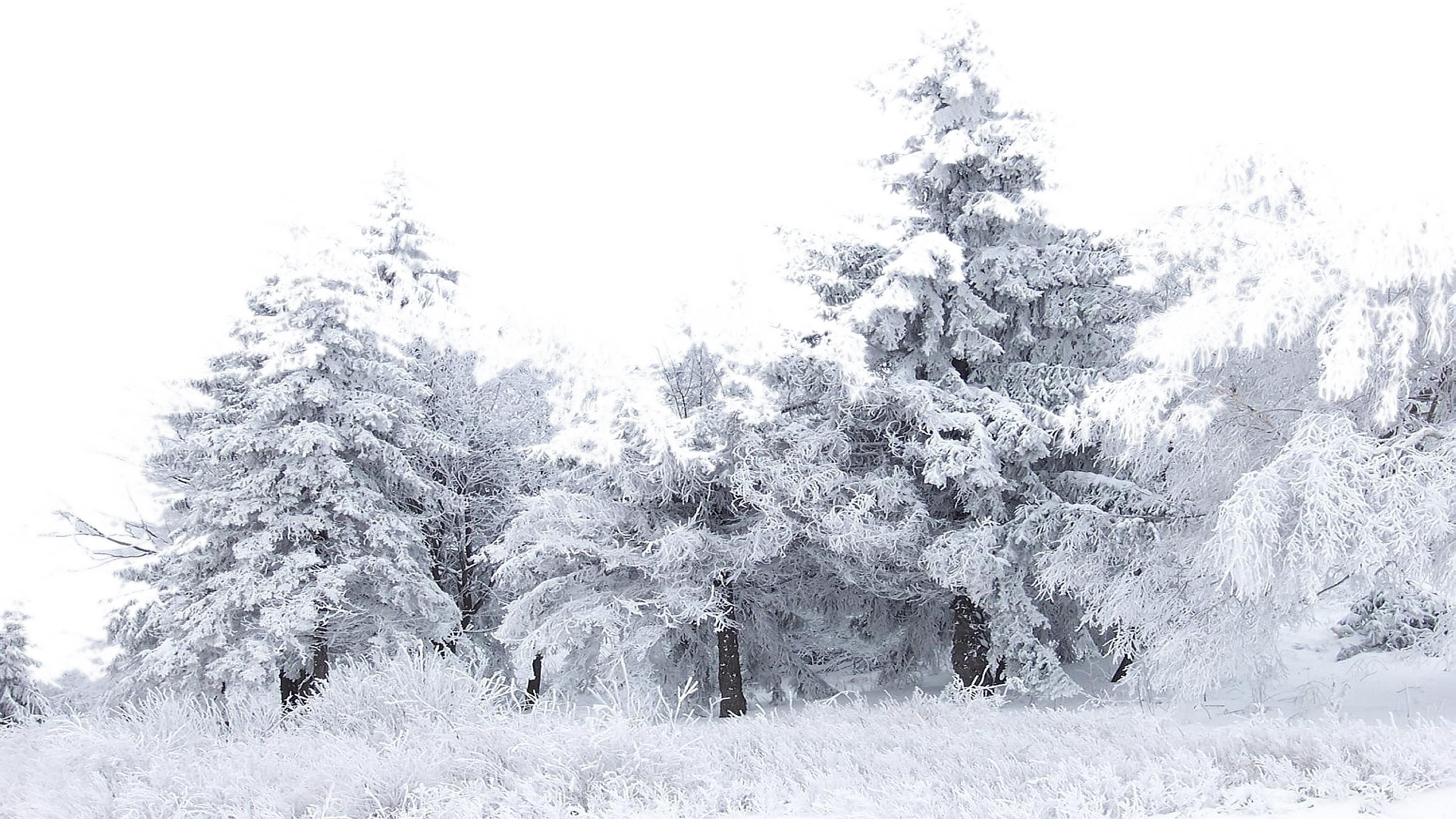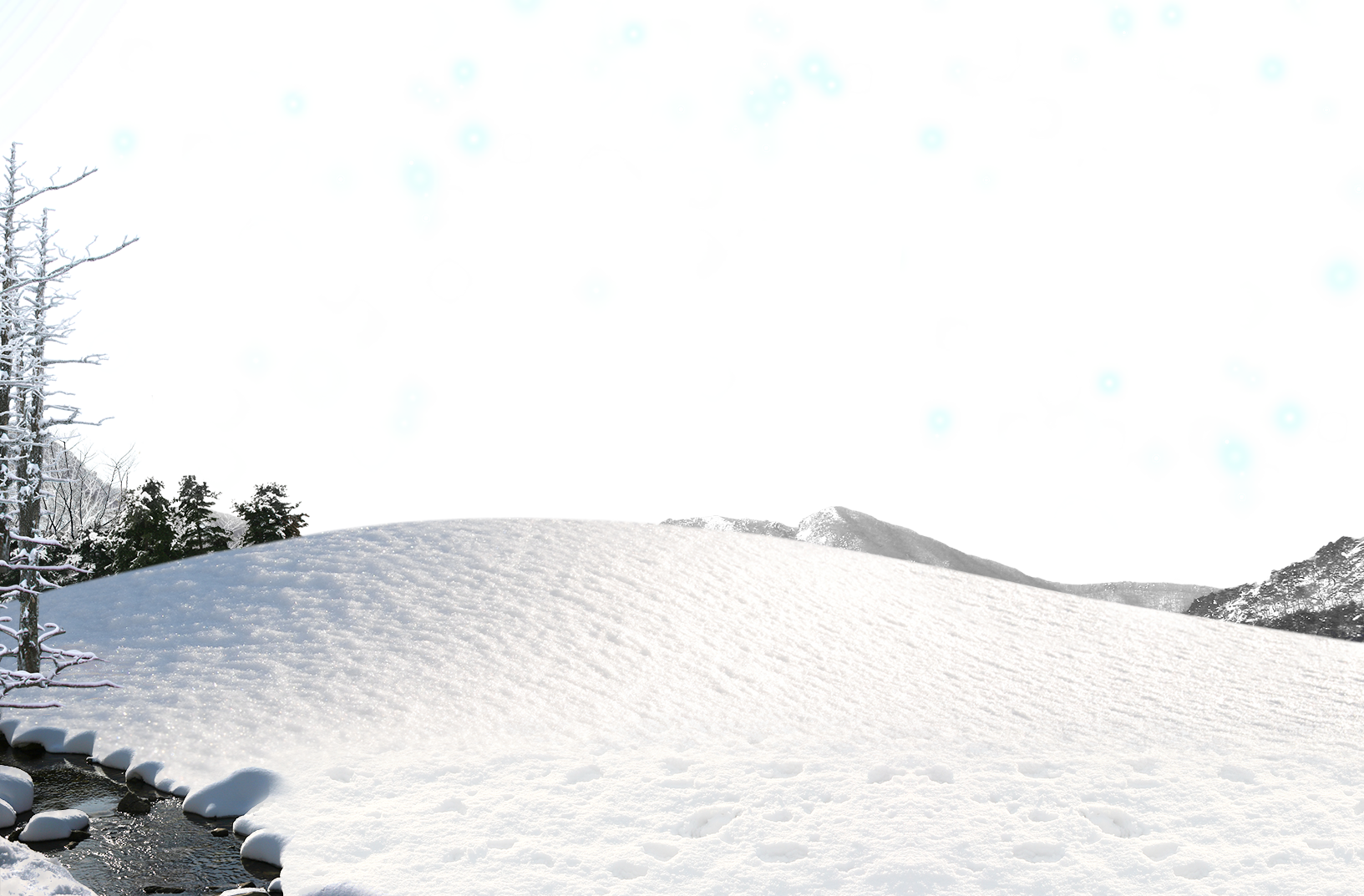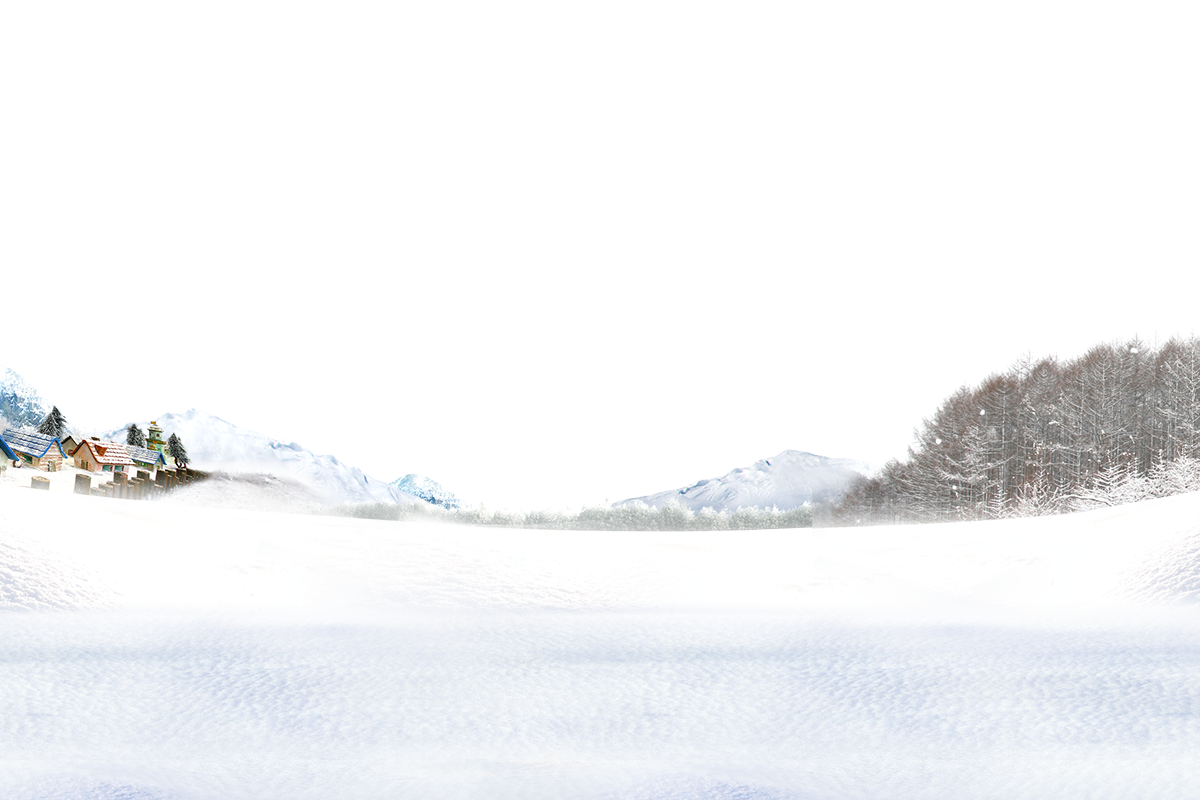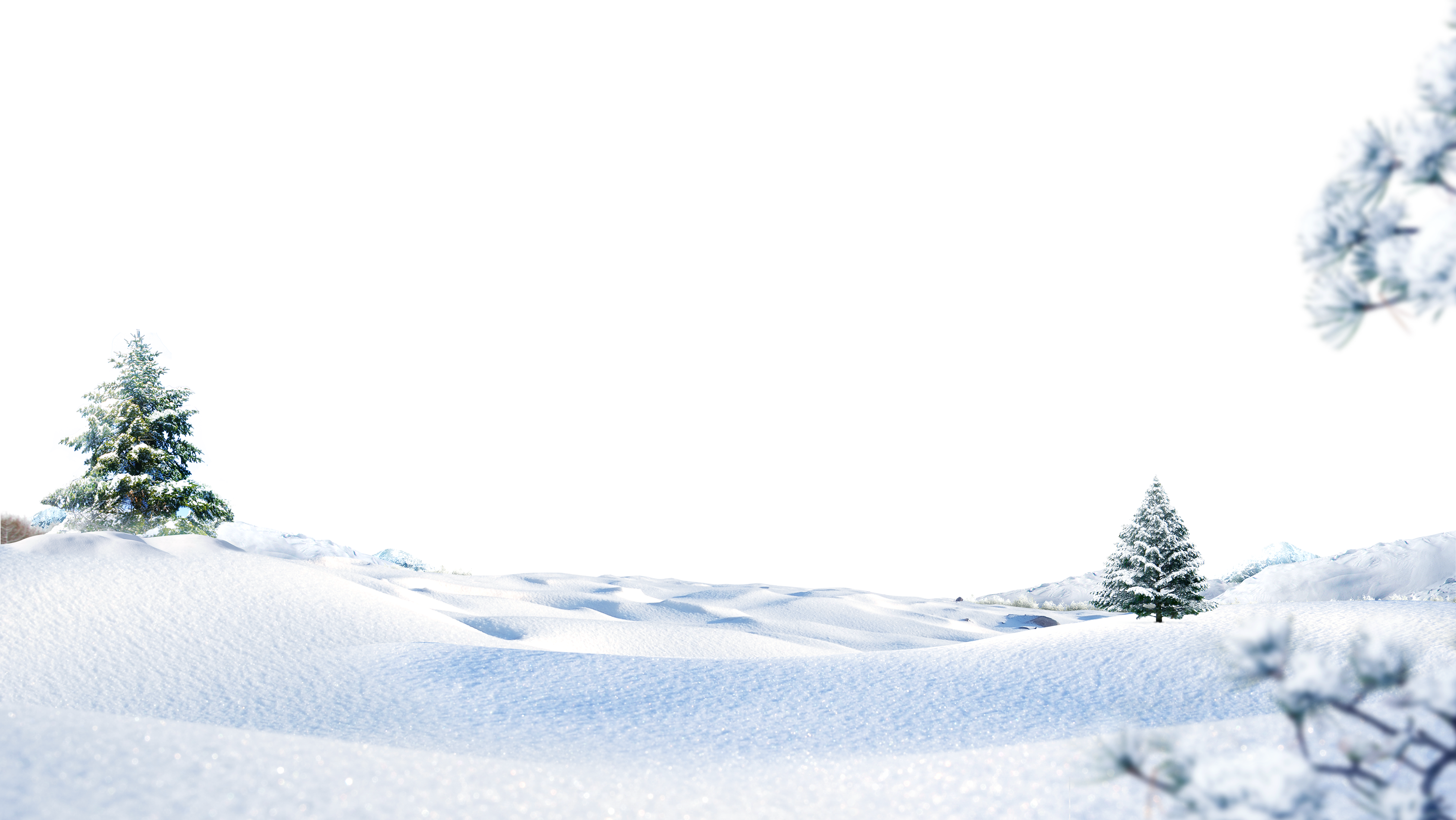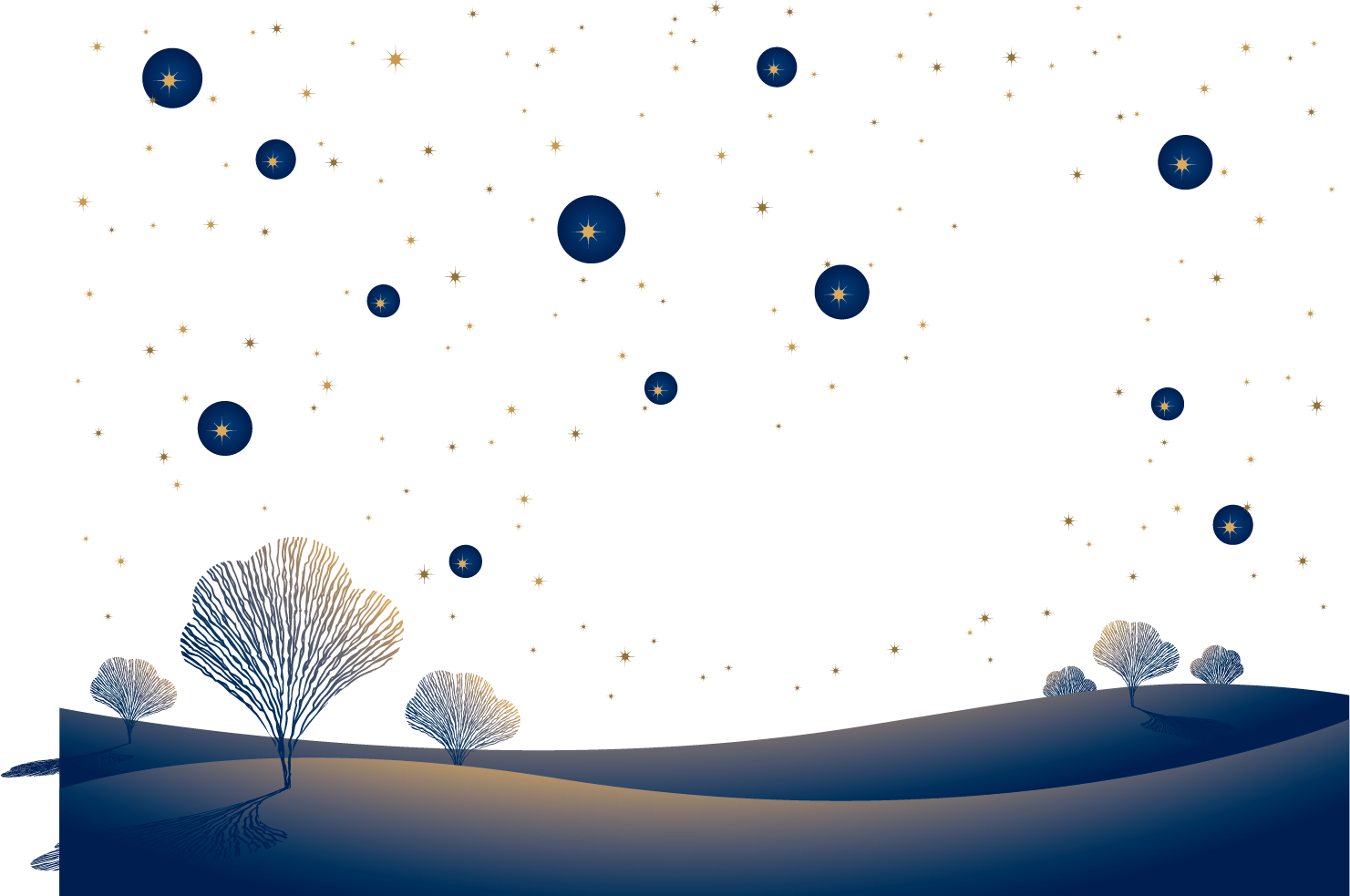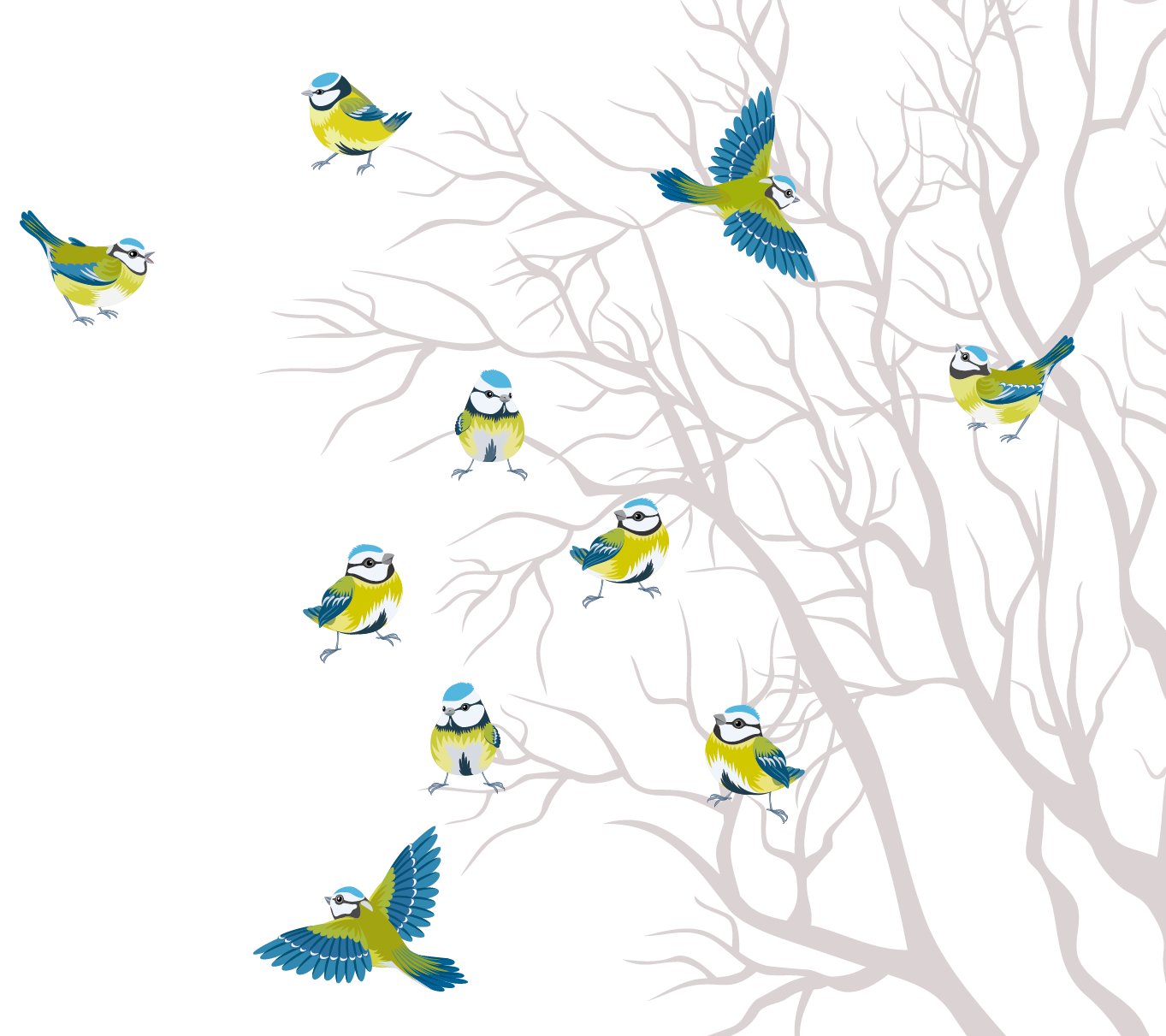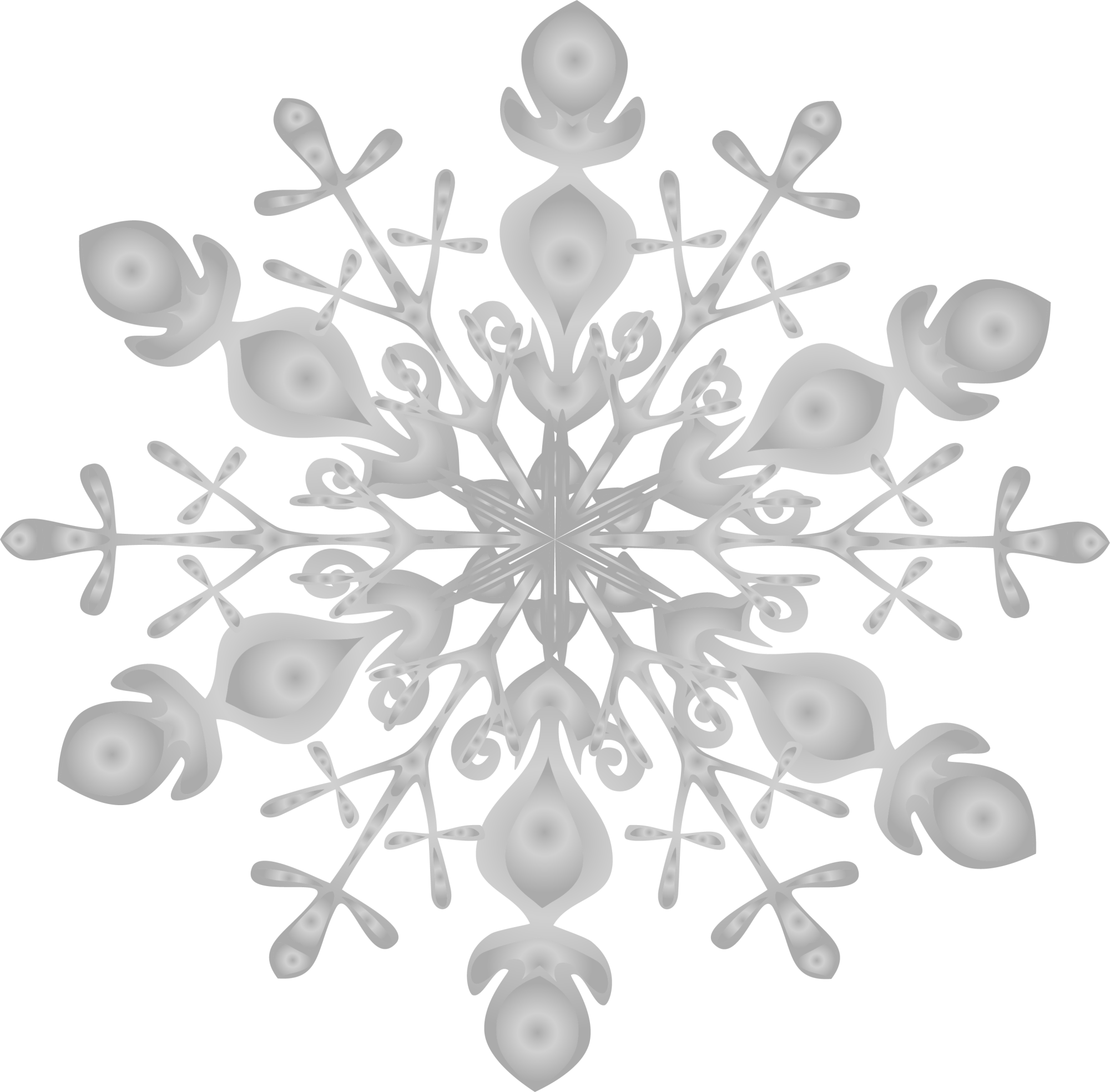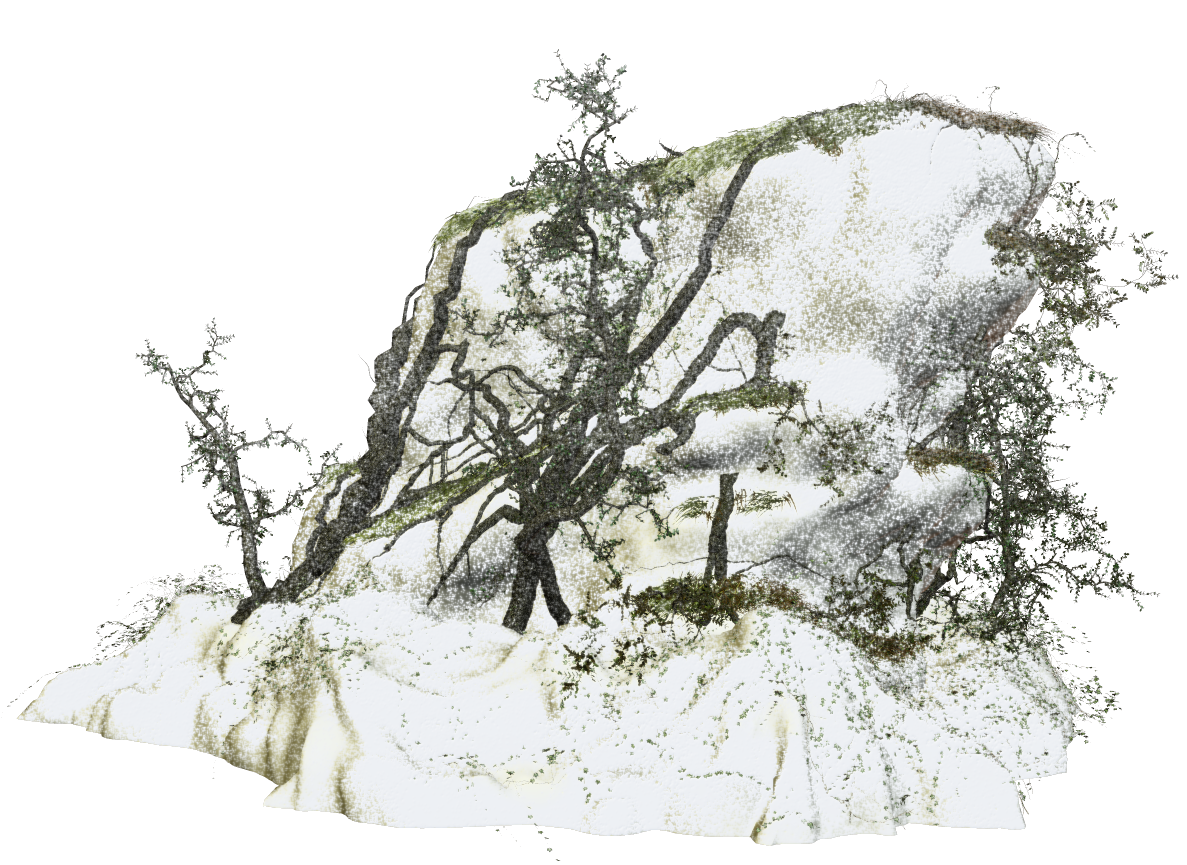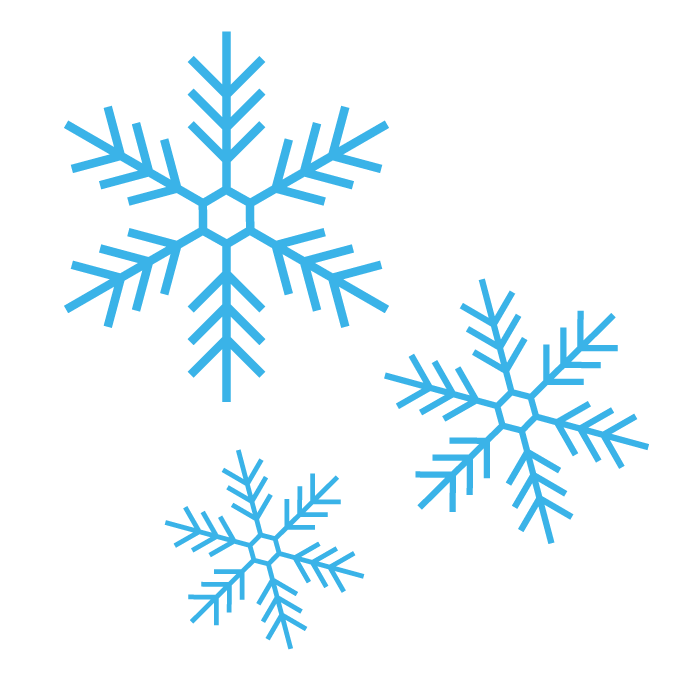Download top and best high-quality free Snow PNG Transparent Images backgrounds available in various sizes. To view the full PNG size resolution click on any of the below image thumbnail.
License Info: Creative Commons 4.0 BY-NC
Snow contains individual ice crystals that grow as they float in the atmosphere – usually in clouds – and then fall, accumulating on the ground, where they undergo further changes. It consists of frozen crystalline water throughout its entire life cycle, starting from the moment when, under appropriate conditions, ice crystals form in the atmosphere, grow to a millimeter, precipitate and accumulate on the surface, then metamorphose in place, and ultimately melt, slide or sublimate away.
Snowstorms are organized and developed due to the supply of feed sources of atmospheric moisture and cold air. Snowflakes are released around particles in the atmosphere, attracting droplets of supercooled water that freeze into hexagonal crystals. Snowflakes come in a wide variety of shapes, the main ones being platelets, needles, columns and rime. As snow accumulates in the snowpack, it may blow into drifts. Over time, snow metamorphoses accumulate as a result of sintering, sublimation and freezing-melting. When the climate is cold enough for year-round accumulation, a glacier can form. Otherwise, snow usually melts seasonally, causing runoff into streams and rivers and replenishing groundwater.
The main areas prone to snowfall include the polar regions, the northernmost half of the Northern Hemisphere, and mountainous areas around the world with ample humidity and cold temperatures. In the Southern Hemisphere, snow is limited to mountainous areas, with the exception of Antarctica.
Snow affects human activities such as transport: it creates the need to protect roads, wings and windows; agriculture: water supply for crops and livestock protection; sports such as skiing, snowboarding and snowmachine travel; and warfare. Snow also affects ecosystems by providing an insulating layer in winter under which plants and animals can withstand the cold.
Snow forms in clouds, which are themselves part of a larger meteorological system. The physics behind the development of snow crystals in clouds is the result of a complex set of variables, including humidity and temperature. The resulting shapes of fallen and falling crystals can be divided into a number of basic shapes and their combinations. Sometimes some plate-like, dendritic and stellar-shaped snowflakes with a very cold temperature inversion can form under a clear sky. Snow clouds usually appear in the background of larger meteorological systems, the most important of which is the low pressure zone, which usually includes hot and cold fronts as part of their circulation. Two additional and local productive sources of snow are strong lake impacts and elevation effects, especially in the mountains.
Mid-latitude cyclones are low-pressure areas capable of creating anything from cloudiness and light snowstorms to heavy blizzards. In autumn, winter and spring in the hemisphere, the atmosphere over the continents can be cold enough due to the depth of the troposphere to cause snowfall. In the Northern Hemisphere, most snow falls on the northern side of the low pressure zone. For southern mid-latitudes, the snow-producing side of the cyclone is the south side.
Download Snow PNG images transparent gallery.
- Snow PNG Pic
Resolution: 1155 × 1102
Size: 184 KB
Image Format: .png
Download
- Snow PNG Picture
Resolution: 850 × 567
Size: 1886 KB
Image Format: .png
Download
- Snow PNG
Resolution: 6998 × 8000
Size: 5308 KB
Image Format: .png
Download
- Snow Transparent
Resolution: 1238 × 929
Size: 53 KB
Image Format: .png
Download
- Snow
Resolution: 577 × 512
Size: 105 KB
Image Format: .png
Download
- Snow Mountain PNG Clipart
Resolution: 1920 × 1080
Size: 3194 KB
Image Format: .png
Download
- Snow Mountain PNG Image
Resolution: 1633 × 1073
Size: 1825 KB
Image Format: .png
Download
- Snow Mountain PNG
Resolution: 1200 × 800
Size: 1388 KB
Image Format: .png
Download
- Snow Mountain Transparent
Resolution: 3000 × 1689
Size: 2930 KB
Image Format: .png
Download
- Snow Mountain
Resolution: 2483 × 2126
Size: 856 KB
Image Format: .png
Download
- Snow PNG Clipart
Resolution: 2400 × 2400
Size: 891 KB
Image Format: .png
Download
- Snow PNG Download Image
Resolution: 1481 × 983
Size: 261 KB
Image Format: .png
Download
- Snow PNG File
Resolution: 1107 × 476
Size: 46 KB
Image Format: .png
Download
- Snow PNG Free Download
Resolution: 1297 × 595
Size: 392 KB
Image Format: .png
Download
- Snow PNG Free Image
Resolution: 1104 × 296
Size: 123 KB
Image Format: .png
Download
- Snow PNG HD Image
Resolution: 1363 × 1211
Size: 347 KB
Image Format: .png
Download
- Snow PNG High Quality Image
Resolution: 623 × 605
Size: 318 KB
Image Format: .png
Download
- Snow PNG Image File
Resolution: 2000 × 1968
Size: 1007 KB
Image Format: .png
Download
- Snow PNG Image HD
Resolution: 1890 × 1417
Size: 299 KB
Image Format: .png
Download
- Snow PNG Image
Resolution: 1106 × 1115
Size: 64 KB
Image Format: .png
Download
- Snow PNG Images
Resolution: 1187 × 865
Size: 1427 KB
Image Format: .png
Download
- Snow PNG Photo
Resolution: 700 × 700
Size: 32 KB
Image Format: .png
Download
